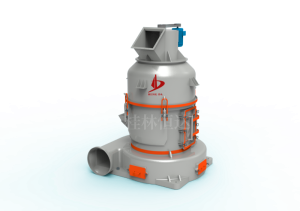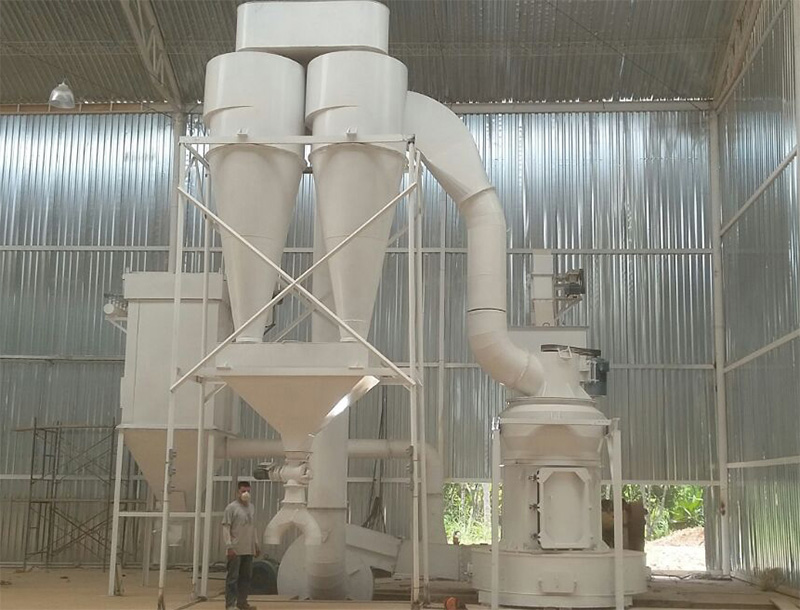What is calcite?
Calcite is a kind of calcium carbonate mineral, which is the most common in natural calcium carbonate. [1] Therefore, calcite is a widely distributed mineral. Calcite crystals have a variety of shapes, and their aggregates can be clusters of crystals, granular, massive, fibrous, bell emulsion, earthy and so on. Many square fragments can be obtained by knocking calcite, so it is called calcite.
Calcite has various crystal shapes. The main mineral of limestone, marble and beautiful stalactite is calcite. Travertine can be deposited in spring water, and it is often secondary mineral in igneous rock. In Almond cavity of basalt flow, calcite is often filled into fine vein in the crack of sedimentary rock, or it is produced in the form of shell or reef through biological action.
Iceland spar is often used in polarizing prism because of its birefringence. If it is cut into a column in a certain way, it can be used as a prism of a microscope to detect the optical properties of minerals. Its quality requirements must be colorless and transparent, no bubbles or cracks inside, no bicrystal or distortion, and more than 0.5 inch (12.5mm) cubic meters. General calcite is used as industrial raw materials such as chemical industry and cement. Calcite is used as flux in metallurgical industry and cement and lime in construction industry. It is also used in plastics, papermaking and toothpaste. Used as filling additive in food. When calcite is added in glass production, the generated glass will become translucent, which is especially suitable for making glass lampshade.
Calcite is found in limestone mountains and widely exists in tertiary and quaternary limestone and metamorphic rock deposits. Calcite is the earth’s rock forming ore, accounting for more than 40% of the total crust, and its types are no less than 200. Representative producing areas include China, Mexico, Britain, France, the United States and Germany. All countries in the world have mines. Calcite is divided into large calcite, small calcite and Bingzhou stone. China’s calcite is mainly distributed in Guangxi, Jiangxi and Hunan. Guangxi calcite is famous for its high whiteness and less acid insoluble matter in the domestic market. Calcite can also be found in the northeast of North China, but it is often accompanied by dolomite. The whiteness is generally below 94 and the acid insoluble matter is too high
Application of calcite
Within 1.200 mesh:
It can be used for various feed additives with calcium content of more than 55.6% and no harmful ingredients.
2.250 mesh to 300 mesh:
It is used as raw materials and internal and external wall painting of plastic factory, rubber factory, coating factory and waterproof material factory. The whiteness is above 85 degrees.
3.350 mesh to 400 mesh:
Used for manufacturing gusset plate, downcomer pipe and chemical industry. The whiteness is above 93 degrees.
4. 400 mesh to 600 mesh:
It can be used for toothpaste, paste and soap. The whiteness is above 94 degrees
5.800 mesh:
For rubber, plastic, cable, PVC, whiteness above 94 degrees.
Above 6.1250 mesh
PVC, PE, paint, coating grade products, papermaking primer, papermaking surface coating, whiteness above 95 degrees. It has high purity, high whiteness, non-toxic, odorless, fine oil, low quality and low hardness.
Calcite grinding process
Stage I: crushing
Large calcite materials are crushed by the crusher to the feed fineness (less than 30mm) that can enter the pulverizer.
Stage 2: material grinding
The crushed calcite small materials are sent to the raw material bin through the elevator, and then sent to the grinding chamber of the mill evenly and quantitatively through the vibrating feeder for grinding. After grinding, the milled materials are graded by the analyzer. Those whose fineness meets the specification flow into the large cyclone collector with the wind, and then discharged into finished products through the discharge valve. Those whose fineness is unqualified cannot be screened by the analyzer, but still fall back to the host for re grinding.
Stage III: storage or packaging of finished products in cans
① The finished products discharged from the discharge valve are transported to the finished product tank for storage by pneumatic conveying equipment.
② The finished products discharged from the discharge valve are packaged by a double mouth packaging machine.
③ The finished products discharged from the discharge valve are packaged by the ton baler.









